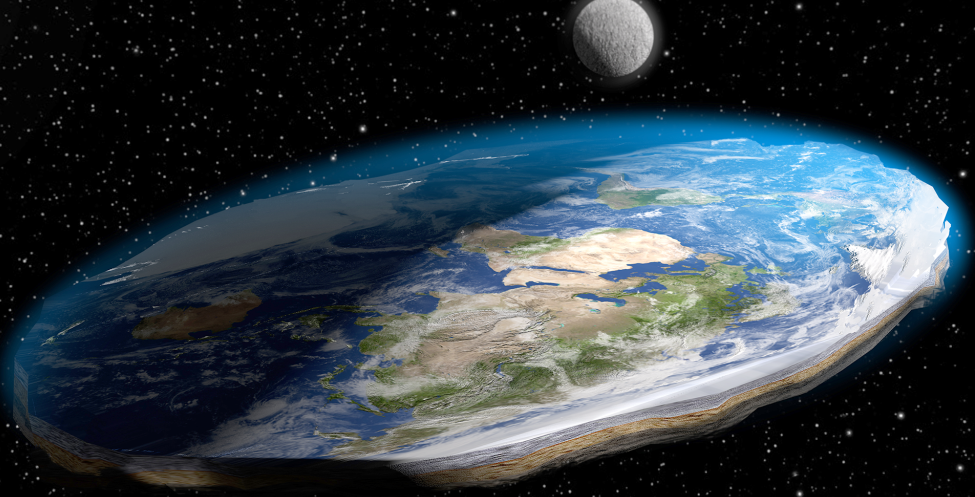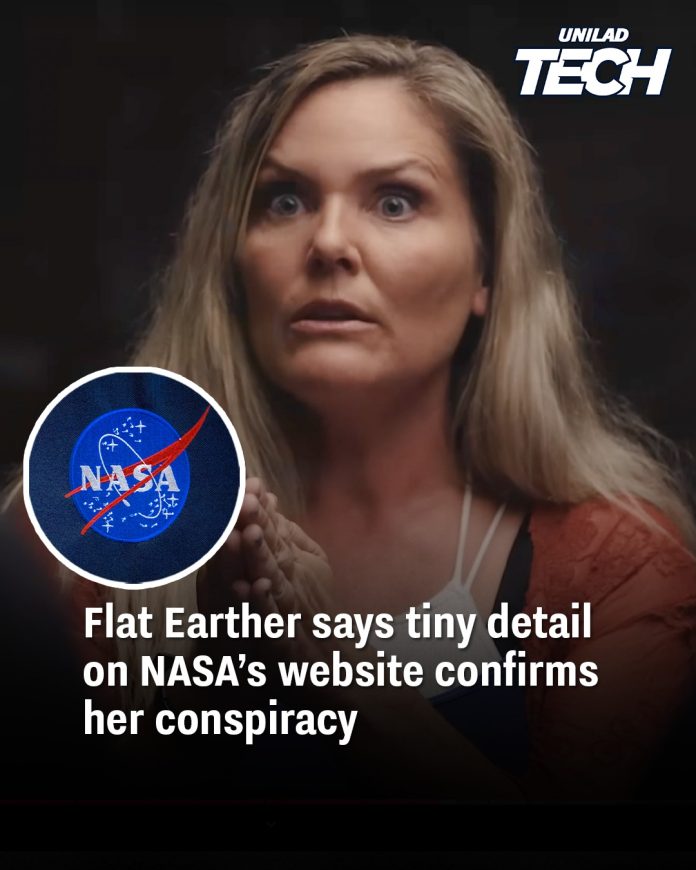In a recent debate hosted on the Jubilee YouTube channel titled “Flat Earthers vs Scientists: Can We Trust Science?”, a flat Earth proponent named Shelley presented a unique argument suggesting that a minor detail on NASA’s official website supports her belief that the Earth is flat. Shelley pointed to the “.gov” domain of NASA’s website, asserting that this indicates direct government involvement and, by extension, a potential cover-up regarding the true nature of Earth’s shape.
Shelley’s argument hinges on the idea that the “.gov” domain signifies not just government affiliation but also implies a level of secrecy or manipulation. She stated, “Now we have nasa.gov, ‘Oh absolutely they’re not lying about anything they’re completely transparent everything is true.’ We’d be foolish to think that’s true.” This perspective suggests a deep-seated mistrust of governmental institutions and their dissemination of information.

In response, a scientist named Ali countered Shelley’s claims by emphasizing the extensive scrutiny NASA undergoes from the global scientific community. He remarked, “This agency is scrutinized by thousands and thousands of scientists around the globe. You are dealing with smart people. So it is very hard to do that once or twice. Maybe, not for the whole time.” Ali’s rebuttal highlights the collaborative and transparent nature of scientific research and the challenges of orchestrating a widespread deception over an extended period.
The debate also touched upon other conspiracy theories, such as the belief that the Moon landings were faked. Despite substantial evidence, including lunar rocks and extensive documentation, some flat Earth proponents remain unconvinced. This skepticism underscores a broader trend of questioning established scientific facts and the institutions that support them.
The persistence of flat Earth beliefs, despite overwhelming scientific consensus, raises questions about the factors contributing to such convictions. A study by the Carsey School of Public Policy found that approximately 10% of Americans agreed with the statement that the Earth is flat. This indicates that while a minority, a significant number of individuals hold views contrary to established scientific understanding.
Experts suggest that belief in flat Earth theories may stem from a combination of factors, including mistrust in authorities, exposure to misinformation, and a desire for alternative explanations to complex phenomena. Phil Plait, an astronomer and science communicator, has noted that addressing such beliefs requires more than presenting facts; it involves building trust and understanding the underlying reasons for skepticism.

In conclusion, the debate between Shelley and scientists like Ali exemplifies the ongoing challenge of combating misinformation and fostering public trust in scientific institutions. While the “.gov” domain of NASA’s website is intended to signify authenticity and official status, interpretations like Shelley’s reveal how symbols can be recontextualized to support alternative narratives. Addressing these misconceptions necessitates a multifaceted approach that combines clear communication, education, and empathy towards differing viewpoints.

















